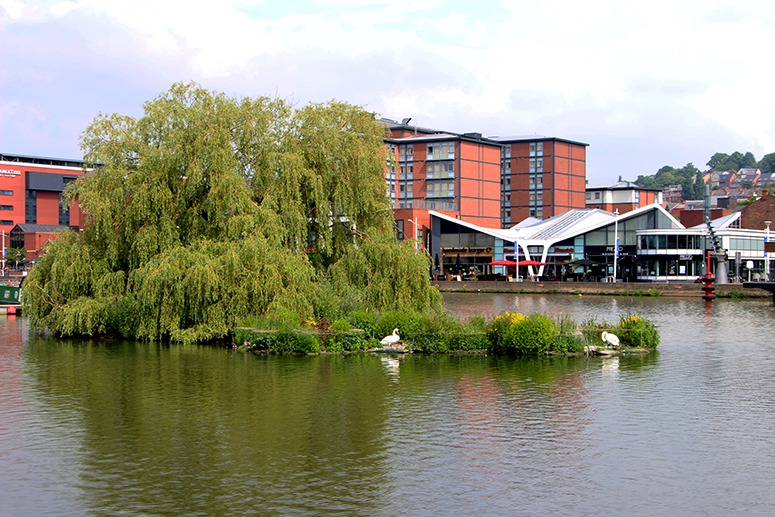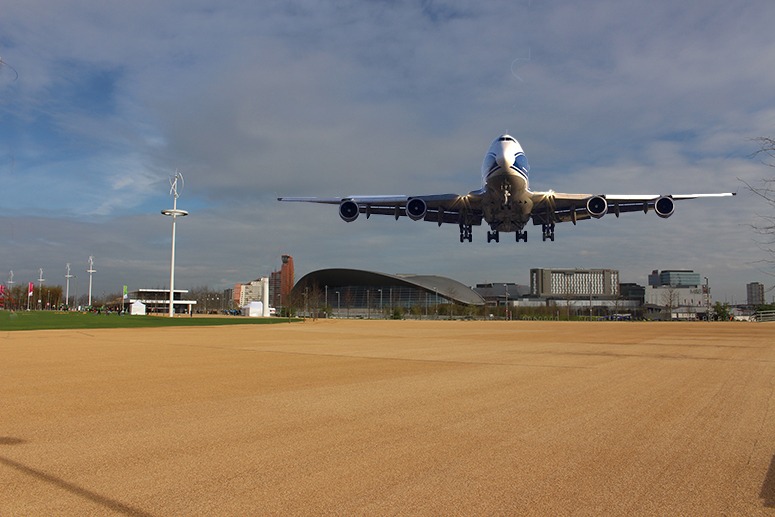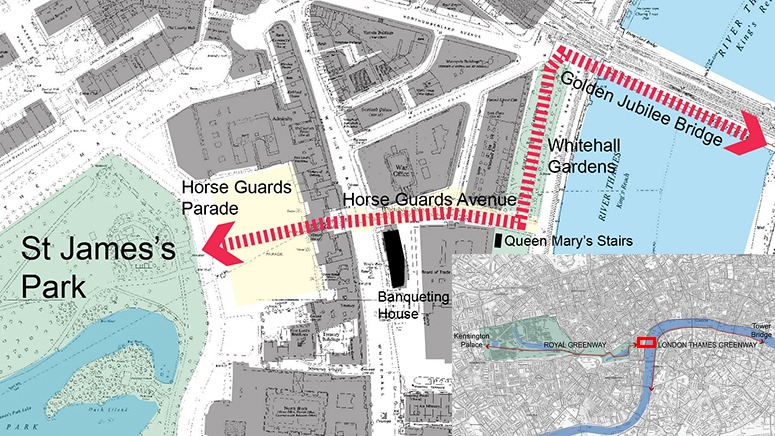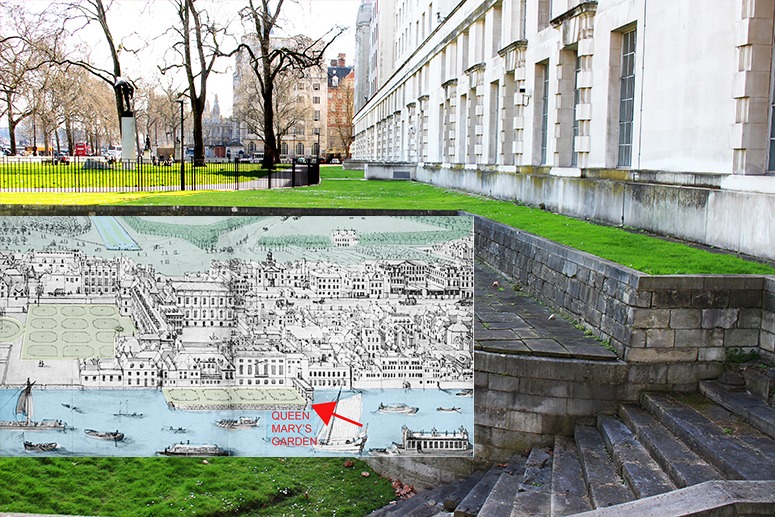The current proposal for London to be a National Park appears, to me, ill-conceived. It is a great city and its open space planning needs staffing and funding, but I can’t see sufficient kinship with the national park concept. Let’s recall the history of the concept. It began in America as an idea for giving the new world something of similar cultural significance to the ‘monuments’ of the old world. So they chose tracts of unspoiled scenery. This appealed to the British. We did not have any unspoiled scenery so we chose areas of high scenic quality instead. Some parts of London undoubtedly do have high scenic quality – but they are already designated as conservation areas and enjoy protection within the planning system. What London does need is a Landscape Authority to get on with work on the All London Green Grid. If London were to have something more on like a National Park Authority it should be a Thames Landscape Agency, as argued in the above video. The Port of London Authority is making a mess of managing the river for anything other than commercial traffic.




